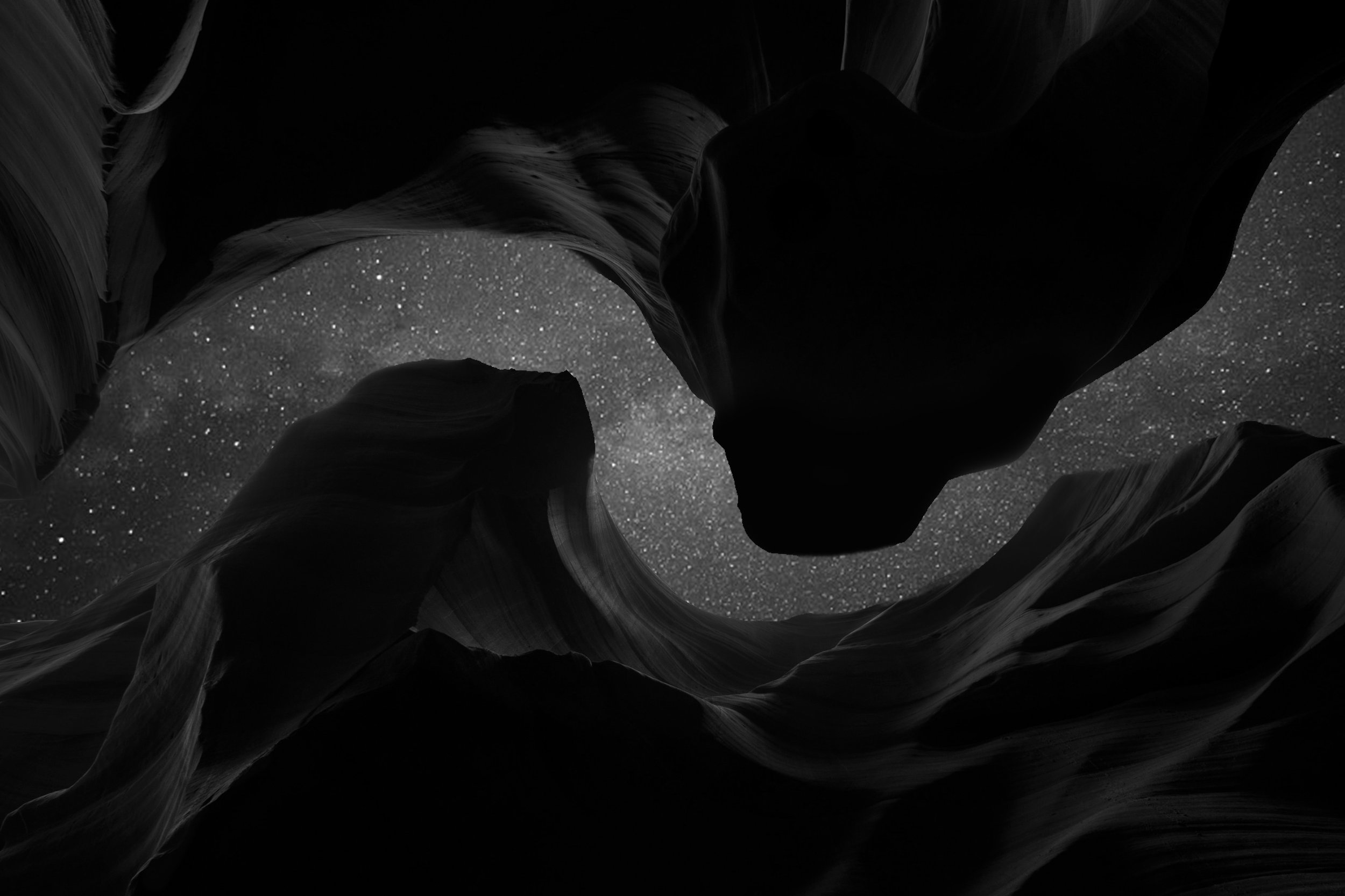Art Therapy and Collective Care
Written by Leah Danze, LPC, ATR, Licensed Therapist
Photo by Mark Basarab on Unsplash
“What exactly is art therapy?” This is a question that I’m frequently asked by new clients.
I tell them that art therapy extends beyond verbal expression by engaging creative practices to process emotions and strengthen connections with oneself, others and the wider world. While art therapy is traditionally rooted in an individualistic medical model (diagnosis + cure), I advocate for a model rooted in intersectionality and collective care.
Without a critical analysis, the medical model can normalize structural racism and inequality by framing systemic issues as the individual’s responsibility to heal. One of the advantages of art therapy is its transdisciplinary nature which allows the practice to adapt to the strengths and needs of the people it serves. Because art therapy encompasses a spectrum of theoretical frameworks, it has the potential to make art making more accessible to a range of people in a variety of contexts.
The COVID-19 pandemic, the Black Lives Matter (BLM) movement, the disability justice movement, and the rise in white supremacy and anti-LGBTQIA+ rhetoric make it essential that art therapy models orient to a more intersectional framework. An intersectional framework takes into account “the multiple dimensions of social identity and the layered forms of oppression that impact health inequities and life outcomes” (Talwar, pg. 13). Intersectionality, which draws from black feminism, womanism, antiracism, queer theory, disability studies and cultural theory, asks us to consider “concepts of belonging and wellbeing as a collective endeavor” (Talwar, pg. 183). As an art therapist, one of the questions that I’m holding close right now is: how can art therapy strengthen practices of collective care?
When I talk about care, I am not referring to the neoliberal notion of “self-care” as an individualized or commodified pursuit that ignores systemic inequality, intergenerational trauma and legacies of violence. I see “caring” as an active and relational practice. I am curious how group art-making can help “collapse the distinction between healing as a private encounter involving individual responsibility and one that is collective and political” (Talwar, pg. 180).
Group art-making can facilitate opportunities for people to engage in acts of caring for themselves while simultaneously strengthening the practice of caring for one another. The group space becomes a site of resisting American individualism, as acts of mutuality and reciprocity are strengthened through sharing time, space, art materials and reflections with one another. Through the acts of witnessing, disclosing, and skill sharing, group members can build and strengthen pathways of connection and trust. Relationships can also be strengthened through exploring lessons in power and conflict that can emerge during collaboration. Working through conflicts and reducing power differentials that emerge in the art making space can lead to transformative relationships with oneself, each other and the greater community.
Imagination and creativity can be used as tools for exploring new ways of finding meaning and belonging. Creating artwork can illuminate how personal, social, and political dimensions intersect. Since artwork can hold multiple meanings at once, people engaging in the art-making process may encounter dynamic, fluid and at times contradictory representations of their identities and experiences that can challenge dominant and reductionist narratives. The group art-making space can become a site where lived and embodied experiences can be felt and witnessed. In the act of creating, people can reclaim agency by choosing how they would like to make visible their own lived experiences.
I recognize that how I interpret my own experiences and intersecting identities informs how I work as a therapist. Seeing my own body embedded within systems of interwoven relationships of power is necessary for cultivating paradigms of care that invest in belonging and wellbeing as a collective care. My own artistic practice allows for a living inquiry into how social, political, and cultural dimensions inform how I understand my own positionings of “privilege and disadvantage,” which in turn informs how I will work with participants of the group art-making space.
This year, I hope to extend my practice to providing group art therapy sessions. If you are interested in learning more about art therapy or if you’d like more information on future group art therapy sessions, please reach out! My email is leah.d@colorsofaustincounseling.com.
References
Talwar, S. K. (2019). In Art therapy for social justice: Radical intersections (pp. 180–183). essay, Routledge, Taylor et Francis Group.
Collier, J., Eastwood, C., & Talwar, S. K. (2022). In Intersectionality in the arts psychotherapies (p. 13). essay, Jessica Kingsley.



